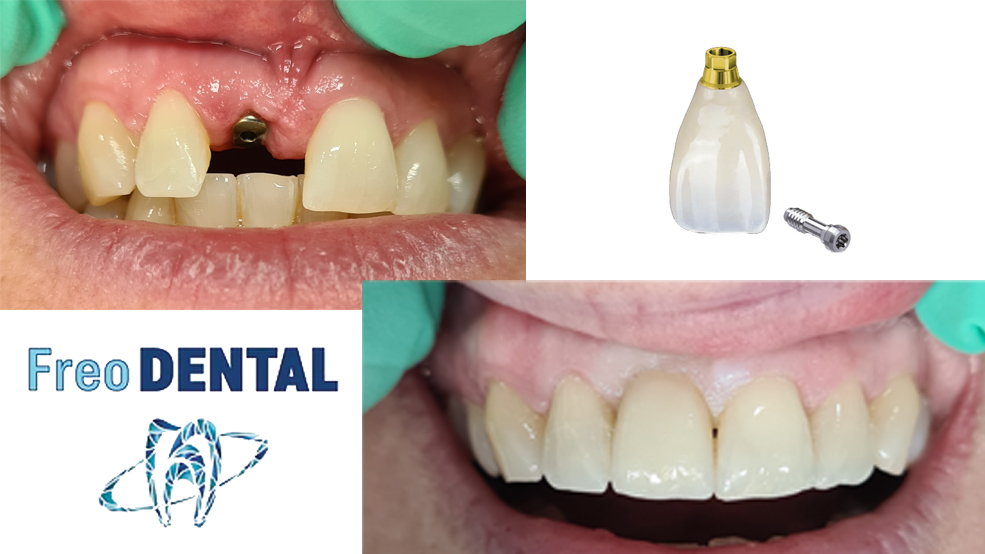At Freo Dental, we provide painless dental implant placements based on 3D x-rays and 3D scans of the mouth. These are based on the latest computer-based surgical planning that greatly improves safety and accuracy by using 3D printing to produce custom-made keyhole surgical guides before the date of surgery.
How do dental implants work?
Dental implants are prosthetic devices used to replace missing teeth. They are designed to function and look like natural teeth. Here is a general overview of how dental implants work:

After the dental implant procedure, it's important to maintain good oral hygiene practices, including regular brushing, flossing, and dental check-ups. Proper care and maintenance can help ensure the longevity and success of the dental implant.
It's important to note that the specific details of the implant procedure can vary depending on individual circumstances and the recommendations of Dr Kris. Consulting with a dental professional like him is essential to determine if you are a suitable candidate for dental implants and to receive personalised advice and treatment.